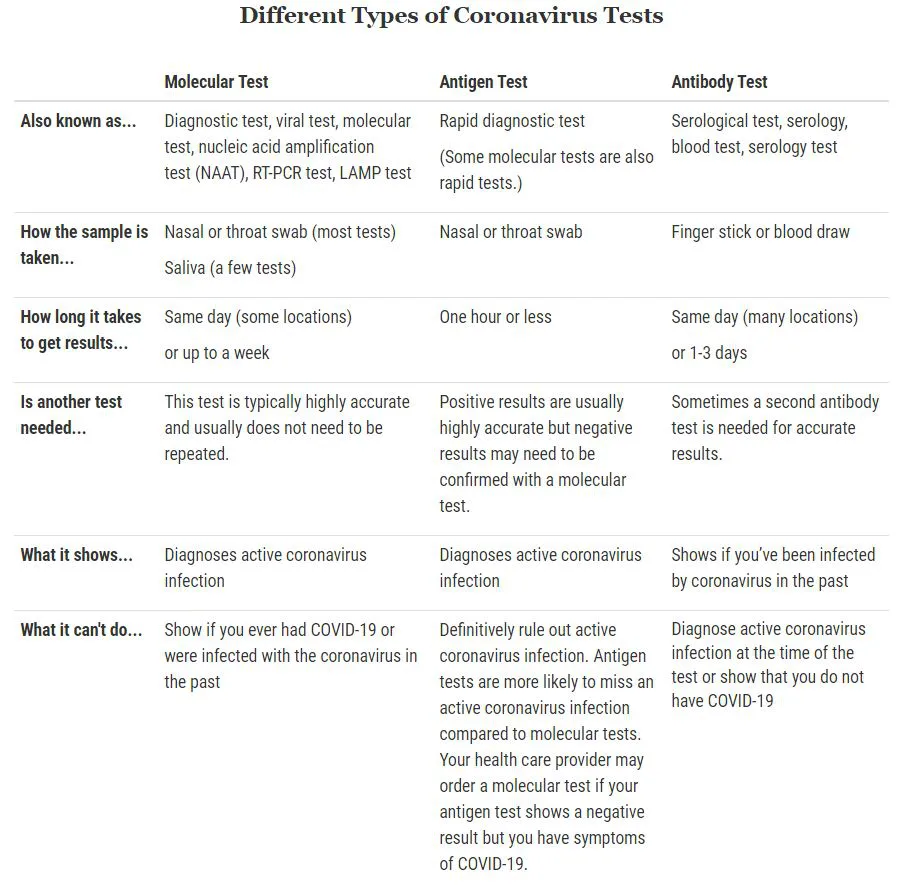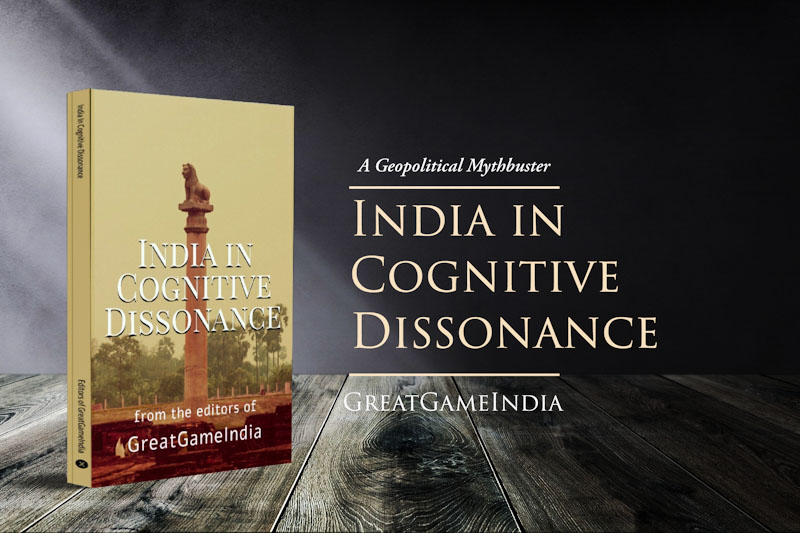PCR Testing – Here Is Why There Are So Many False Positive COVID-19 Cases
The mainstream media is obsessed with reporting new coronavirus cases daily. But how many of them are really genuine cases and how many are false positive COVID-19 cases? The question has been lingering since a while now. To know this we need to understand how coronavirus testing is being done and how the cases are being announced as positive.

False Positive
A false positive is an error in data reporting in which a test result incorrectly indicates the presence of a condition such as a disease when the disease is not present, while a false negative is the opposite error where the test result incorrectly fails to indicate the presence of a condition when it is present.
Currently there are two types of diagnostic tests which detect the virus – molecular tests, such as RT-PCR tests, that detect the virus’s genetic material, and antigen tests that detect specific proteins on the surface of the virus.

Your Coronavirus Test is Positive. Maybe it shouldn’t Be
The standard coronavirus tests are throwing up a huge number of positive cases daily. These tests are done based on faulty WHO protocols which are designed to include false positives cases as well.
A rare piece recently published in the New York Times explains in technical detail, the problem with the most common COVID-19 test, the PCR test.
Some of the nation’s leading public health experts are raising a new concern in the endless debate over coronavirus testing in the United States: The standard tests are diagnosing huge numbers of people who may be carrying relatively insignificant amounts of the virus.
This fact was first noted in public by Dr. Beda M. Stadler, a Swiss biologist, emeritus professor, and former director of the Institute of Immunology at the University of Bern.
So if we do a PCR corona test on an immune person, it is not a virus that is detected, but a small shattered part of the viral genome. The test comes back positive for as long as there are tiny shattered parts of the virus left. Correct: Even if the infectious viruses are long dead, a corona test can come back positive, because the PCR method multiplies even a tiny fraction of the viral genetic material enough [to be detected].
New Guidelines against faulty WHO Protocols
After Dr. Stadler made these comments in an interview the CDC updated the guidance regarding retesting. The statement on the site is clear that for at least 90 days after recovery, viral debris can be detected in a patient’s airways. This virus is not capable of causing an infection because it is not capable of replication.
Later, in a more recent update the CDC even discouraged testing asymptomatic people, recommending only to test high-risk individuals and not everyone. The directive goes directly against WHO protocols.
In three sets of testing data that include cycle thresholds, compiled by officials in Massachusetts, New York and Nevada, up to 90 percent of people testing positive carried barely any virus, a review by The Times found.
On Thursday, the United States recorded 45,604 new coronavirus cases, according to a database maintained by The Times. If the rates of contagiousness in Massachusetts and New York were to apply nationwide, then perhaps only 4,500 of those people may actually need to isolate and submit to contact tracing.
The new CDC guidelines were implemented by Trump administration when Dr Fauci was in surgery and recovering.
Earlier, the WHO’s testing protocol was even questioned by Finland’s national health authority. WHO had called on countries to test as many patients as possible for coronavirus.
Finland ran out of testing capacity and began limiting coronavirus tests to the most vulnerable groups and healthcare personnel only. Finland’s national health authority said that testing people with mild symptoms would be a waste of healthcare resources.
In a startling disclosure, Finland’s head of health security, Mika Salminen dismissed WHO advisory saying the WHO doesn’t understand pandemics and that their Coronavirus testing protocol is illogical and doesn’t work.
When WHO faked a Pandemic
So, if the WHO’s testing protocols are indeed based on the most reliable, accurate and well sourced technologies and research methodologies available worldwide, shouldn’t they have known about its negligible effectiveness and its impact in causing panic and chaos? Indeed the WHO knows it doesn’t work and moreover this is not the first time such criticisms have been voiced.
In the past in 2010, the WHO was caught faking a pandemic and was forced to admit that its methodology of measuring the virality or the spread of the disease, instead of its severity was incorrect.
WHO’s top influenza expert Mr Fukuda admitted that the U.N. agency’s six-phase system for declaring a pandemic had sown confusion about H1N1, which was ultimately not as deadly as the widely-feared Avian influenza.
_
https://greatgameindia.com/false-positive-covid-19/
____
For latest updates on the outbreak check out our Coronavirus Coverage.
Send in your tips and submissions by filling out this form or write to us directly at the email provided. Join us on WhatsApp for more intel and updates.
GreatGameIndia is a journal on Geopolitics and International Relations. Get to know the Geopolitical threats India is facing in our exclusive book India in Cognitive Dissonance. Past magazine issues can be accessed from the Archives section.
Donate to GreatGameIndia
___

